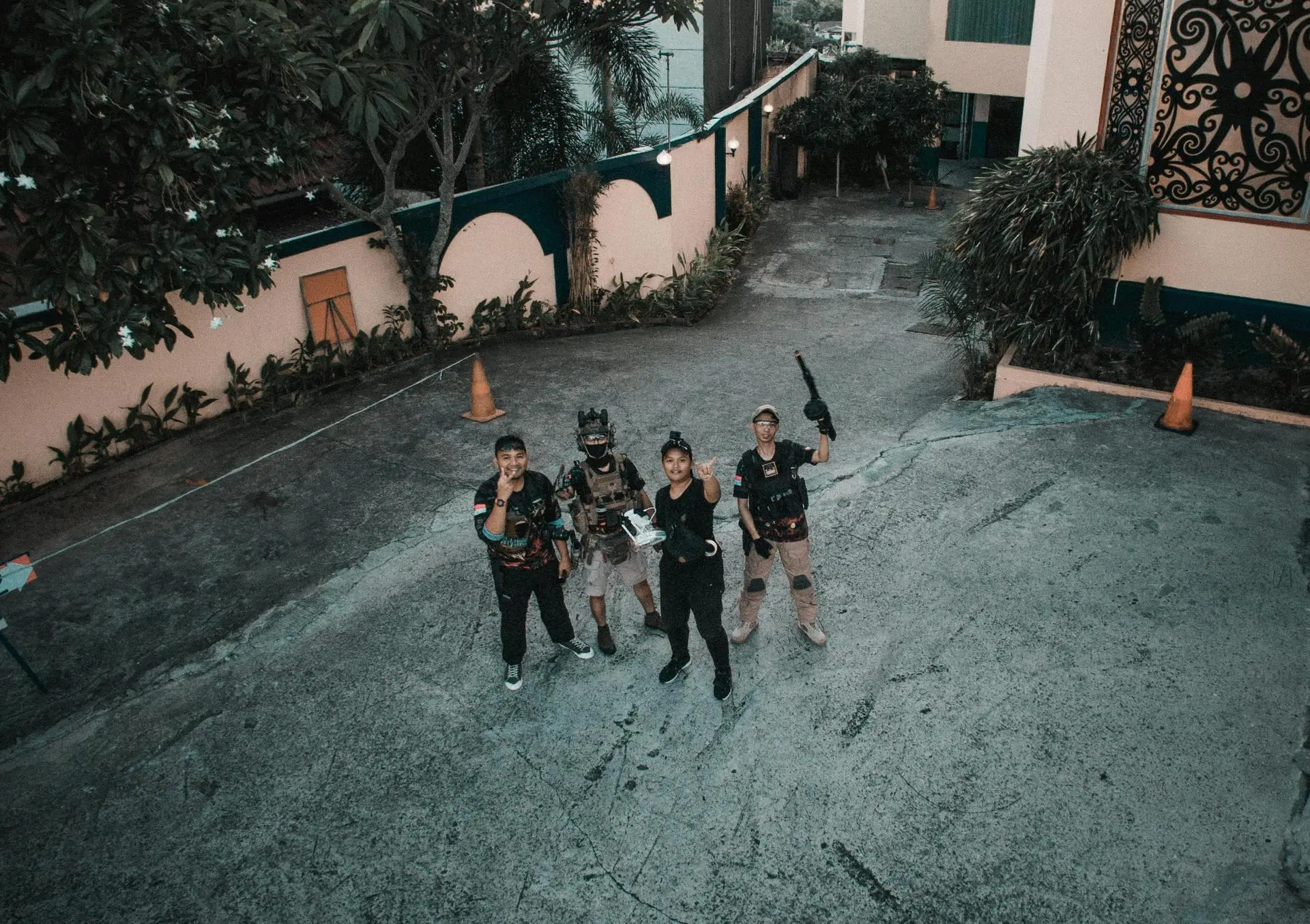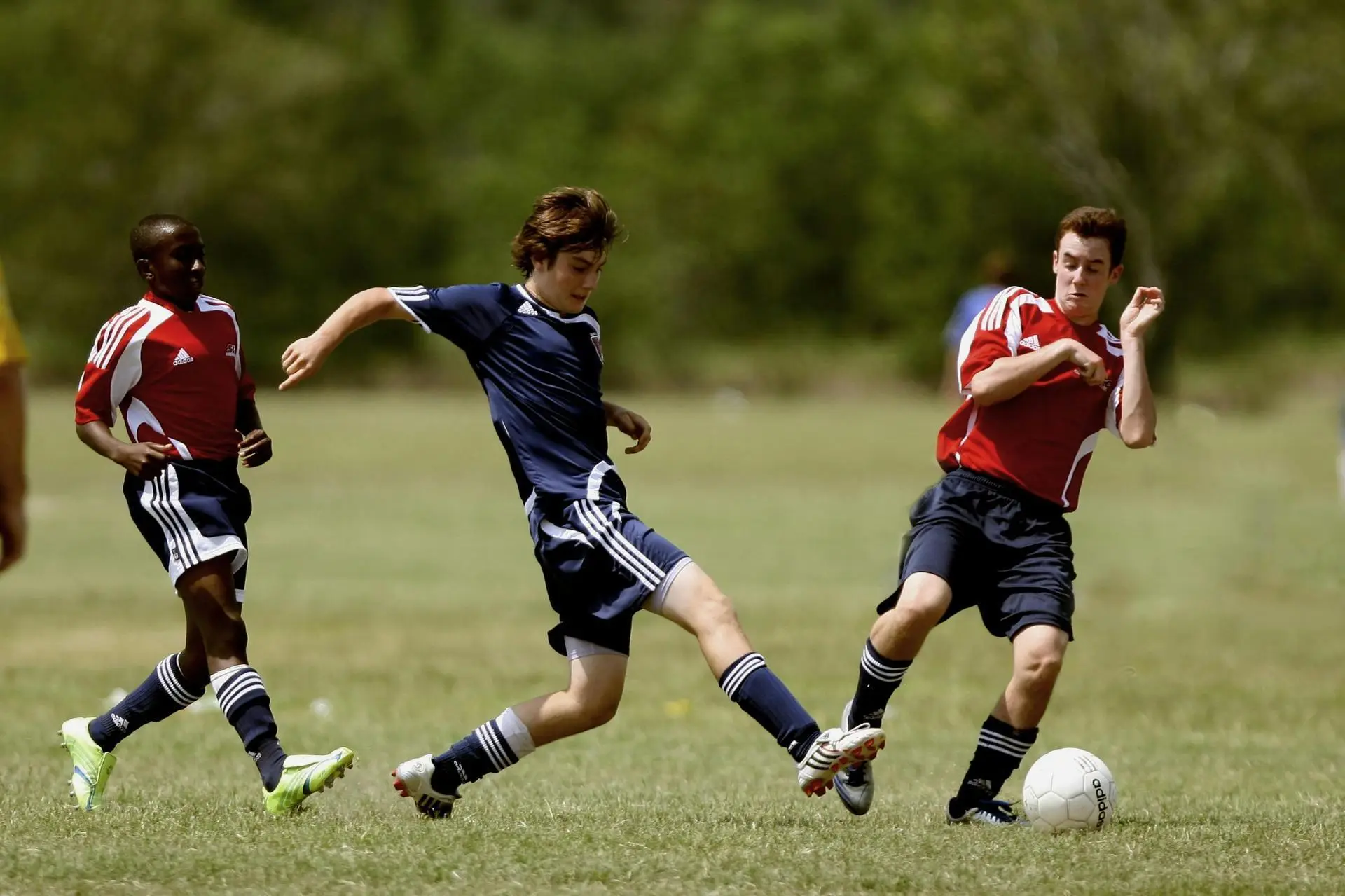Airsoft has evolved from a niche pastime into a popular tactical simulation sport enjoyed by thousands worldwide. Whether you are new to airsoft or an experienced player looking to diversify your gameplay experience, understanding the various game modes and their corresponding rules is key. This article explores the most common airsoft game modes, guiding you through their unique mechanics, objectives, and the etiquettes expected on the field. Along the way, we’ll also touch on gear considerations, such as the popular airsoft ump, which plays a pivotal role in fast-paced close-quarter battles.
The Role of Gear in Game Modes: Highlight on the Airsoft UMP
Before delving into game types, it’s worth noting how equipment choices impact your gameplay. For instance, the airsoft ump (a compact submachine gun known for its agility and rate of fire) is especially favored in modes that emphasize rapid movement and close combat scenarios. Having the right weapon tailored for the mode you’re playing can enhance your team’s dynamics and your personal effectiveness on the field.
Common Airsoft Game Modes
1. Team Deathmatch (TDM)
This classic and straightforward mode is popular among beginners and experienced players alike. Two teams face off with the primary objective to eliminate as many opponents as possible within a set time. Victory is determined by either reaching a score limit or having the most eliminations by the time the clock runs out. Rules typically include “no friendly fire” and hit confirmation via audible or visible signals (often calling “Hit!”).
TDM encourages aggressive tactics and quick thinking, making submachine guns like the airsoft ump an excellent choice due to their versatility in both close and medium-range engagements.
2. Capture the Flag (CTF)
CTF is a strategic game mode where each team has a base with a flag. The objective is to infiltrate the opponent’s territory, capture their flag, and securely return it to your base without being tagged or “hit.” This mode tests team coordination, communication, and individual stealth.
Rules often prohibit running off designated safe zones and may include timers to prevent camping near the flag. Gameplay here can range from defensive slow pushes to high-speed raids, demanding a mix of support and assault tactics.
3. King of the Hill (KOTH)
In King of the Hill, teams compete to control a central objective point on the map for the longest cumulative time. Players must maintain presence in the defined “hill” zone while preventing the opposing team from taking over. The tactical challenge lies in balancing offense and defense, reacting swiftly to enemy advances, and managing resources such as ammo and reinforcements.
The constant back-and-forth nature of KOTH makes close-quarter weapons like the airsoft ump highly effective, as players often face engagements in tight spaces.
4. MilSim (Military Simulation)
MilSim modes are immersive, scenario-based games that simulate real-world military operations. These can include hostage rescue, bomb defusal, reconnaissance, or VIP escort missions. MilSim games typically emphasize realism, incorporating role-playing elements, authentic loadouts, and extended gameplay durations.
Rules in MilSim are often more comprehensive—covering everything from medical treatment after being “hit” (using respawn timers or medical teams) to strict engagement protocols and chain of command structures. These modes attract players who enjoy depth, teamwork, and a slower-paced but highly strategic airsoft experience.
5. Skirmish and Objective-Based Games
Many airsoft fields organize skirmishes involving specific, often rotating objectives: securing supply caches, destroying “enemy” assets, or escort missions. These short burst games keep players engaged and cater well to both novices and veterans.
Rules vary widely but generally encourage fair play, safety, and teamwork. Since objective zones can range from open fields to tight buildings, players may switch between rifles, submachine guns like the airsoft ump, and specialist gear such as sniper rifles or shotguns depending on task demands.
Essential Rules and Etiquette Across Airsoft Games
While rules may differ depending on the game mode and field, some universal principles govern airsoft gameplay:
- Hit Calls and Elimination: Players must honestly call their hits aloud (commonly “Hit!”), immediately withdrawing from play according to the format’s respawn or elimination rules.
- Safety Gear: Protective eye-wear is mandatory. Additional gear such as face masks or gloves are strongly recommended.
- No Physical Contact: Airsoft is a shooting sport, so any physical altercations or contact are prohibited.
- Respect and Fair Play: Teamwork and sportsmanship are central, with players encouraged to respect decisions made by referees and embrace the competitive yet fun spirit.
- Field Boundaries and Time Limits: Adherence to game-specific spatial and temporal constraints is vital.
Final Thoughts on Mastering Airsoft Game Modes
Understanding different airsoft game modes and their unique rules equips players to better enjoy the sport and enhances overall safety and fairness on the field. Additionally, tailoring your gear—such as choosing an airsoft ump for close-quarter battles—can significantly impact your success and enjoyment. Whether you are seeking fast-paced combat, strategic scenarios, or immersive military simulations, the diversity of airsoft game modes provides something for every enthusiast looking to sharpen skills and foster camaraderie. Engage in local games, communicate with fellow players, and keep refining your knowledge to get the most from this dynamic and rewarding sport.











